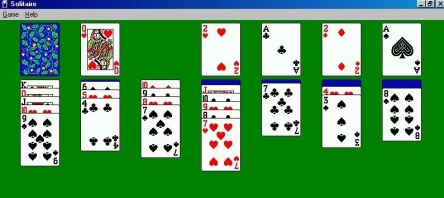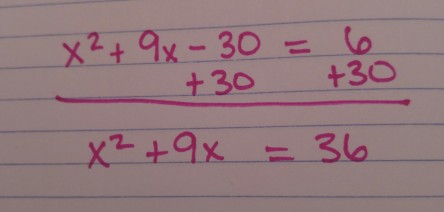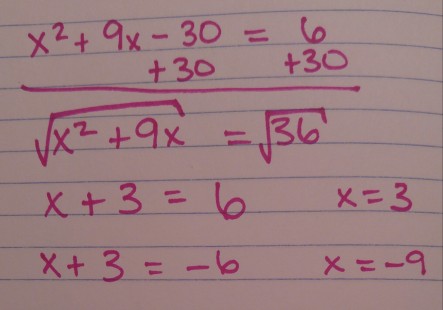Remember Windows Solitaire? I have fond memories playing this fantastic digital distracter with my high school beau on his brand new Gateway computer. We would take turns striving for success in this card-clicking frenzy, the other watching and waiting patiently for the deck to empty.
But have you ever watched someone play solitaire on the computer? It is so…what word comes to mind? Frustrating? Infuriating? Aggravating, perhaps? And why is that?
Check out this screenshot:

What if the player was about to click on that blue, flowery deck of cards…would you be fighting the urge to save them from their potentially game-ending error of failing to move the sequence beginning with the six of spades to its rightful place atop the seven of hearts? Or would you idly sit by and let them to figure out that solitaire is won by carefully searching for card moves before drawing from the deck? Would you make any suggestions for improving their game once failure was inevitable?
I think this solitaire analogy is a lot like teaching. I realized fully today why the “productive struggle” is so hard to sustain and perhaps why teachers so often fall back on traditional methods of delivering information to students: Watching people struggle without intervening is difficult. Just as it’s natural to want to smooth out the path for our children, it’s also tempting to do the same for our students. It’s just easier (and so much faster) to zip Maria’s (my daughter) coat or buckle her seat belt or pick up her toys.
As a simple, mathematical example, imagine one of your students is attempting to solve a quadratic equation. They start off like this:
Being the savvy algebra teacher you are, you can anticipate the error that the student is most likely going to make. You’ve seen it hundreds, if not thousands of times. Your inner teacher voice might be thinking, “For the love of humanity, Herbie (not your real name), set the dang thing equal to zero! Quadratic formula! IT’S GOT A SONG, FOR GOODNESS SAKE!”
Instead, you do not impede their solving and let them continue on their merry, algebraic way. 
Re-enter teacher voice in your head, “Now look what you did, Herbie. You’ve gone and…wait…one of those answers is right. Great. Now we’ve really got issues.”
So what do we do about this? Clearly the student needs some redirection and the teacher’s role is to guide the learning. But had we intervened during earlier steps, we rob this student of a golden opportunity for brain growth. Plus, we deprive the rest of the class the chance to learn from the misconception. Even more, what a fantastic extension we have here: why did the student get part of the problem correct and part incorrect?
In summary, we deny students the opportunity to learn from mistakes if we prevent them from making mistakes in the first place.
Related Side Note: I’m currently reading The Gift of Failure by Jessica Lahey. Her introduction about her son’s shoelace-tying trials seems strikingly familiar. And I can use this antedote as a reminder when encountering the zippers, and the seat belts, in addition to quadratic equations.
Had a version of this conversation with a grade level group I was meeting with yesterday–am going to send the link to your post to them next week as part of their reflection. Thanks–as always. Your timing is impeccable.
Pingback: There Are Those Days… | MathLab
I’m with Herbie, I’m a factor bot, I detest Quad formula. I like the thinking here.
With all due respect, Mr. Anderson, Herbie didn’t factor. He took a square root of x^2 + 9x. And then proceeded to create two answers out of it. Factoring is fine. That’s not what this was. Plus, Herbie is a beagle. He can’t factor. But he’s been known to howl the quadratic formula song from time to time.
Due respect? Not sure I catch even a hint of that in your tone. I was, of course, referring to the fact that both “Herbie” and I would go to great lengths to NOT use the Quadratic Formula.